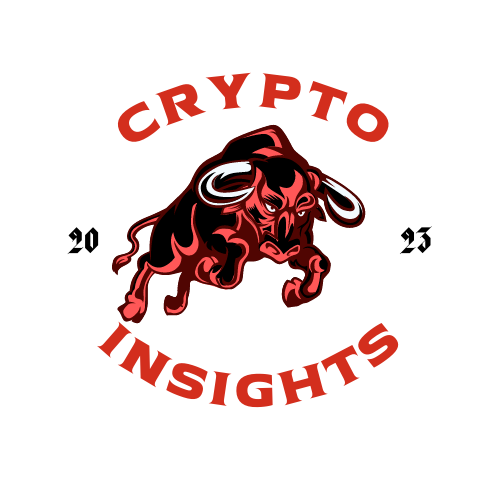The gaming industry is witnessing a seismic shift with the rise of Web3 technologies, and Star Atlas is at the forefront of this revolution. Recently, they launched Holosim—a free-to-play browser variant of their popular SAGE Labs game. Introduced on June 4, Holosim is more than just a simplistic adaptation. It serves as a gateway for fresh players while simultaneously acting as a testing ground for innovative features. However, this endeavor has raised questions about the implications of a Web2 approach in an increasingly decentralized gaming landscape.
The Dual Nature of Holosim: Free Experience vs. Core Game Mechanics
Holosim strips down the advanced Web3 features found in SAGE Labs, allowing players to engage with the game’s fundamental mechanics without any financial commitment. While this strategy appears commendable, it perpetuates a distinction that may eventually alienate traditional gaming fans. Those who dive into Holosim for free may find themselves at a disadvantage compared to SAGE Labs players who hold digital assets in the form of $ATLAS tokens and access exclusive Web3 functionalities. Star Atlas has assumed the challenging task of blending conventional gaming experiences with blockchain elements, which may confuse rather than attract some potential users.
Players are encouraged to align with one of three factions, manage fleets, and complete contracts that echo a classic MMO experience. However, without the financial stakes involved, does this model detract from the gravity and intensity typically associated with strategic gameplay? The absence of real economic consequences raises concerns about Holosim’s longevity and the quality of engagement it can foster in a competitive universe.
Feature Innovations: Improving or Overcomplicating?
Holosim promises a slew of new features designed to enhance gameplay, such as the SAGE AI assistant and questing systems that mirror a modified version of the core game. On one hand, these innovations are indeed promising; however, one must also consider whether more features equate to better gameplay. Overloading a game with additions without clear, constructive purposes may dilute the overall experience, leaving players overwhelmed rather than emboldened.
For instance, the integration of a combat update where players can engage in battles—which, as asserted, entails permanent losses—could very well escalate the stakes for casual players. Yet, the absence of a safeguard against unwanted losses raises valid concerns. This dynamic risks alienating those not engrossed in the competitive gaming scene, as the fear of investing time and effort only to face insurmountable setbacks becomes a daunting hurdle.
The Economic Landscape: Cryptocurrency and Community Engagement
The reliance on cryptocurrencies like $ATLAS for the Star Atlas ecosystem injects a fascinating, yet problematic dynamic within Holosim. With a market cap exceeding $21 million and a fully diluted value exceeding $43.3 million, the economic mechanics surrounding the game add an intriguing layer. However, this also risks embracing the volatile nature of cryptocurrencies, something that could deter traditional gamers wary of the financial implications tied to their gaming experiences.
The community-driven economy at the heart of Star Atlas positions itself to be an innovative model. Yet, as the gaming world increasingly embraces microtransactions and digital currencies, one must question whether this is truly a step forward for the industry or just another way to monetize leisure time. While the intention behind $ATLAS and other token economies may be to empower players, there remains a palpable tension between accessibility and profitability.
The Future of Star Atlas: Balancing Innovation and Experience
The release of Holosim is emblematic of an interesting direction for Star Atlas and possibly the entire gaming industry. The company is clearly invested in providing a comprehensive experience that strides beyond simple entertainment—one that encapsulates community, economy, and the thrill of exploration. However, the challenge lies in harmonizing free-to-play mechanics with the immersive aspects of Web3, ensuring that players do not feel caught in a microtransaction-laden trap.
Ultimately, the success of Holosim may hinge not just on player engagement, but on whether the developers can create a cohesive bridge between their Web2 savvy players and the emerging world of blockchain gaming. The question that remains is whether Holosim is a successful venture that influences the future of blockchain gaming or a temporary experiment lost amid the complexities of technology and community interaction.

